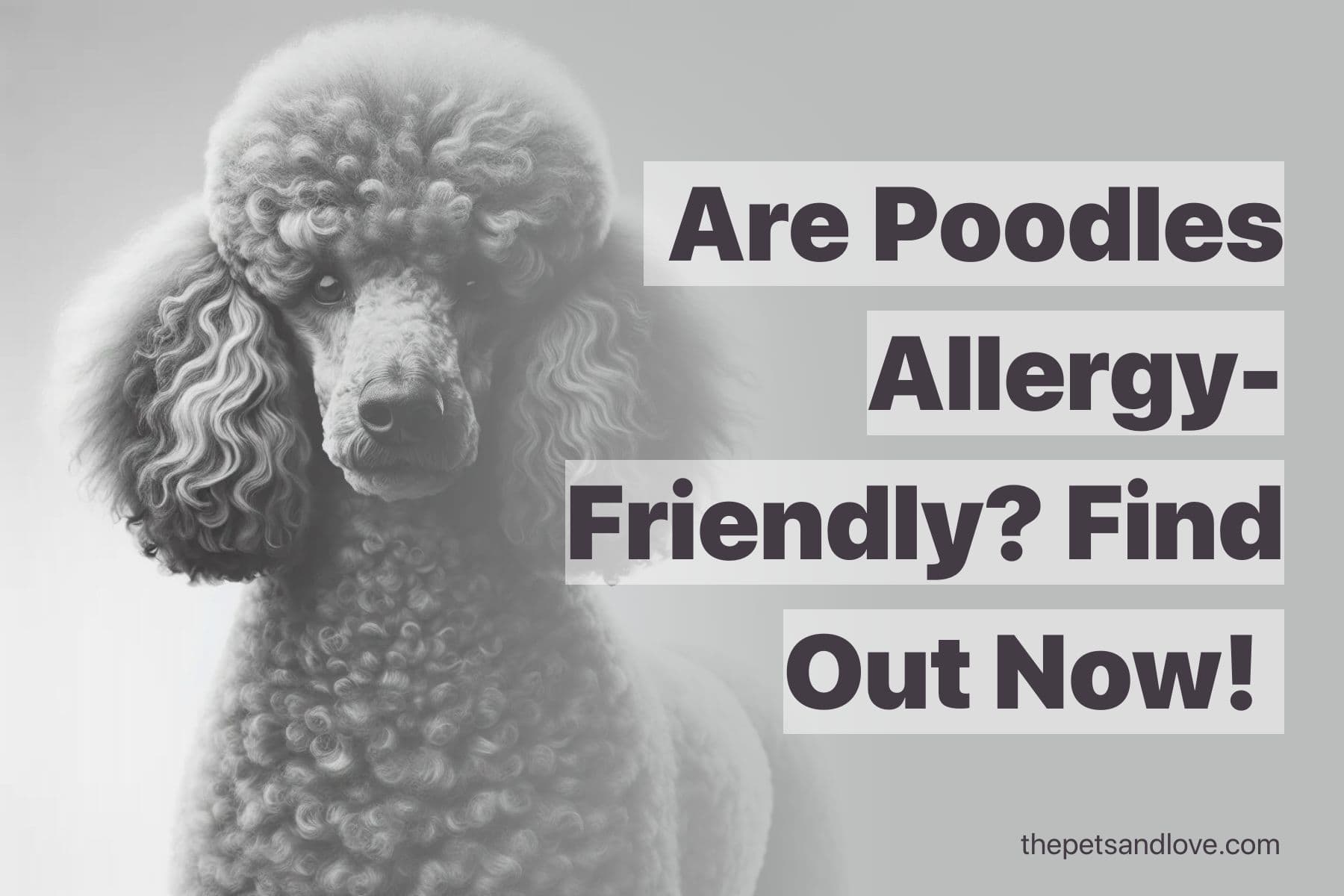Is the Poodle a Hypoallergenic Dog Breed? Advice for Allergy-Suffering Families

Are Poodles Hypoallergenic? Here's the Real Deal
Let’s start with the big question: are poodles hypoallergenic?
Kind of — but not in the way most people think. No dog is 100% hypoallergenic, but poodles are one of the better options for allergy sufferers. Why? Because they don’t shed like other breeds. That curly coat traps loose hair and dander instead of letting it float around your home. Less floating dander = fewer allergic reactions for many folks.
I’ve met quite a few people over the years who thought they couldn’t have a dog because of allergies — only to discover they could live happily with a poodle (or another low-shedding pup). But it’s not a magic fix. Everyone’s sensitivities are different, and even a poodle can trigger symptoms for some.
Why Do Dogs Trigger Allergies?
It’s not actually the fur that causes issues. The real culprits are proteins found in a dog’s saliva, urine, and dander (those tiny skin flakes). When dogs groom themselves or shake off, those proteins can end up on their coat — and eventually in the air or on surfaces in your home.
So, even if a dog doesn’t shed much, they can still produce allergens. That’s why "hypoallergenic" is more of a helpful label than a guarantee.
How Poodles Can Help You Breathe Easier
Poodles (Standard, Miniature, or Toy) are popular among allergy-prone dog lovers for a reason:
- They don’t shed much. Their curly coat holds onto loose hair and dander.
- They need regular grooming. This helps remove allergens before they spread.
- Their coat acts like a filter. It traps dust and particles, so less ends up in your air.
Just keep in mind that grooming isn’t optional — it’s essential.
Tips for Grooming Your Poodle (and Keeping Allergens Low)
If you’ve got allergies and a poodle, grooming is your best friend. Whether you do it yourself or work with a pro, here’s what helps:
- Daily brushing with a slicker or pin brush keeps their coat mat-free and reduces trapped allergens.
- Bath every 3–6 weeks to wash away dander and allergens. Use a gentle dog shampoo.
- Professional grooming is a great option — especially if you’d rather not handle the brushing and trimming yourself.
- Clip their nails and clean their ears while you’re at it. A clean dog spreads fewer allergens!
Living With a Dog When You Have Allergies
It’s totally doable, especially if your symptoms are mild to moderate. Here’s what’s worked for us and others we know:
- Keep the bedroom dog-free. You need at least one allergy-safe zone.
- Use a HEPA filter in your vacuum and air purifiers. These trap tiny particles like dander.
- Opt for hard floors and blinds instead of carpets and curtains — much easier to clean.
- Wash your hands and change clothes after playtime, especially if your dog licks you.
- Brush your dog outside to keep allergens from floating around inside.
- Wear a mask when cleaning or grooming if airborne particles bother you.
Still Struggling With Symptoms?
If you're doing all the right things and still having reactions, talk to your doctor. You might need allergy meds or other treatments. And if your symptoms are severe (like trouble breathing), you’ll need to think carefully before bringing a dog home.
Choosing a Dog That Works for You
Poodles are a great option, but they’re not the only one. Breeds like the Bichon Frise, Portuguese Water Dog, and Schnauzers also tend to do well in allergy-sensitive homes. The best way to find out? Spend time with the breed before committing. Everyone reacts differently, and what works for your neighbor might not work for you.
Final Thoughts
Poodles aren’t miracle dogs — but they’re pretty close if you’ve got allergies and still want a loving, intelligent companion. Just remember: no dog is truly hypoallergenic. It’s about managing allergens and being honest about what you can handle.
If you’re willing to put in the effort (especially with grooming), a poodle can be a fantastic fit. Test your sensitivity, prep your home, and stay on top of cleaning — and you just might find that your dream of dog ownership is still possible, even if you sneeze once in a while.
